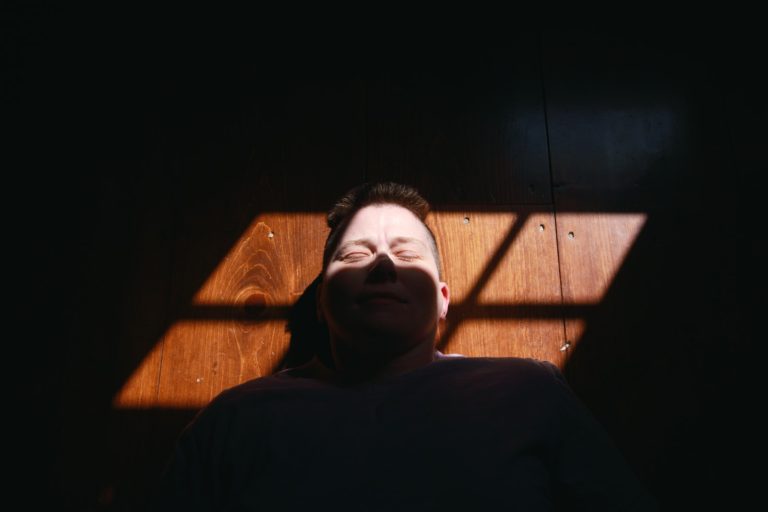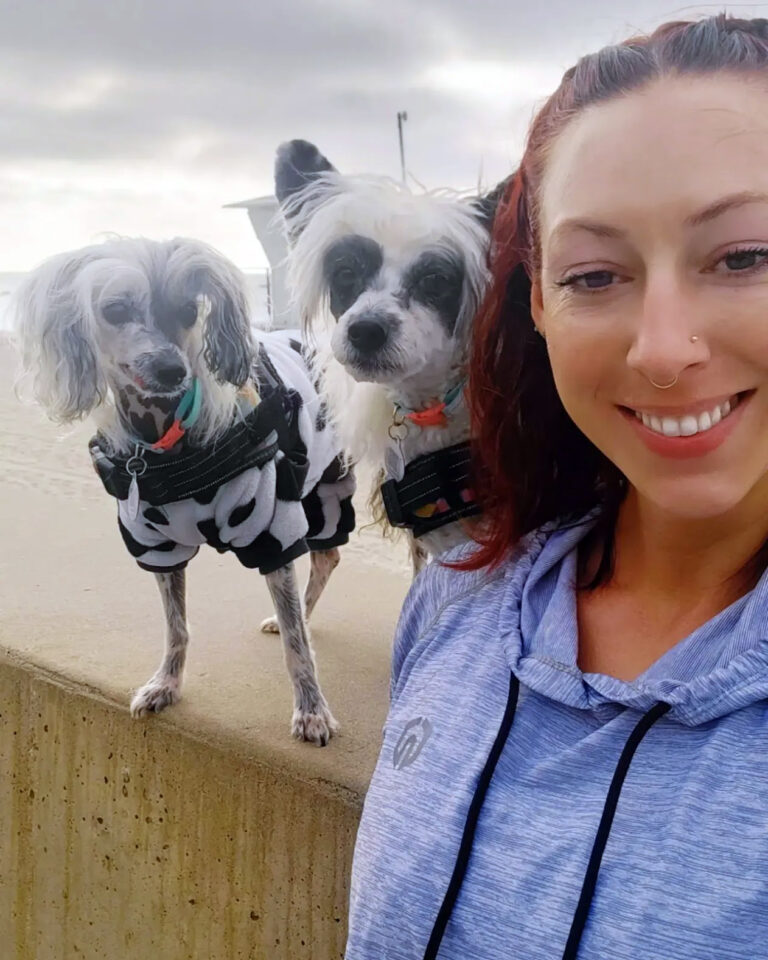I’ve lived in my converted ambulance for almost 4 years now. I don’t really know where the time went, until I think long and hard and it begins to make sense how that time was spent.
Since I moved into it people have told me, “you should make YouTube videos about it, get famous as a vanlifer!”
They’ll ask me if I’ve watched so-and-so’s channel. No? What about this-and-that’s channel? Also no.
I think I spent half of an afternoon contemplating it before coming to my senses.
Living in an ambulance isn’t something I want to encourage other people to do. To me it’s a survival mechanism, a tool. It’s how I’ve managed to stay alive as long as I have when I was going through so much inner turmoil.
To me it’s a survival mechanism, a tool. It’s how I’ve managed to stay alive as long as I have when I was going through so much inner turmoil.
In the beginning I wore it like a badge. “Look at how tough I am, look at how little I require.”
But really it’s — Look at how little I’ve been able to make myself in the world so maybe, just maybe, I might find a little peace.
How many hundreds of times I’ve walked the beach at all hours of the day and thought, it looks bougie but this is just my own version of a private sanitarium.
I have beach-front sunsets when I need them, and the ability to lock myself in a box to hope the world stops existing at any moment.
It took me a long time to understand the weeks and months of unbridled anger and all-consuming depression were PTSD episodes that consumed me. The ability to hide away in a mobile prison cell to keep myself safe in those times felt necessary.
From the outside, I seem high-functioning. I have a remote job in the tech industry, no debt, am able to buy food and what else I require. I can be sociable, I go to the gym regularly.

Last year an elderly man and his wife moved into “the neighborhood”, living out of their SUV. It didn’t take long to realize the man had severe dementia, his wife trying to cope with getting him the help he needed while also coming to terms with her new life situation.
They’d always had money, they were set for life… or so she thought. Until he started losing his mind and stopped paying the bills. Their house was taken by the bank, their life savings gone.
She put him on a plane back to his home country, to his family. She works at Wal-Mart now. She looked tired when I first met her, she looks haggard now. Dark bags permanently mark under her eyes. She’s afraid to go to the public park restroom alone, so sometimes I walk over there with her.
She asked me one time, “do you live like you do because you have to, or because you want to?”
I didn’t know how to answer for a minute.
I thought about how I’d framed every other situation I’d faced in my life, assuming positive responsibility. Telling myself that it was by my choice, I picked it.
But I’d begun to learn the difference between a choice and a decision.
“I have to live like this,” I finally responded. She seemed genuinely confused, I tried to hint that it was a problem with my brain. My mental state. But this was her first time facing such hardship and understanding that your brain could break a person even when the financials were sound just didn’t add up for her.
I’ve lived many different lives before this. When I was just 9 I started working at a local horse farm, and became “that horse girl” in town. My whole life developed around that identity into my twenties.
When I exited the equestrian community I felt my whole life collapsed with it. I didn’t know who I was without the horses.
I intentionally avoided putting energy into becoming “that ambulance girl” for the same reason. Eventually, I plan to exit this stage of my life. I plan to walk out of my ambulance for good, locking it up just one last time.
But I’ll only make that transition more difficult if I have to also kill off a part of my identity in the process.
If you need to live in an ambulance, or a van, or your car — that’s fine. Do it, embrace it, make it as memorable as you can. But be careful about making it your identity.






